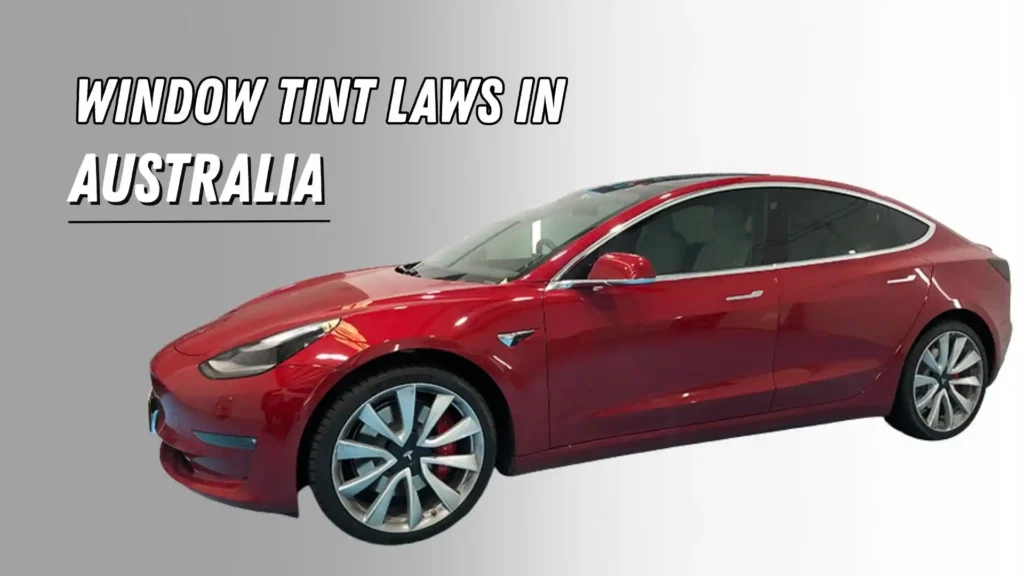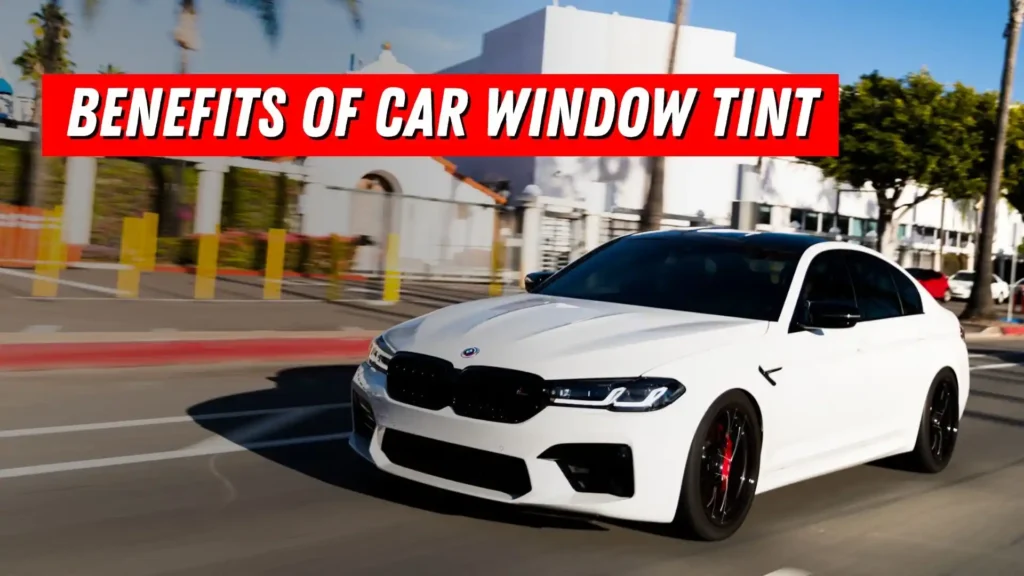Car window tinting has become a must-have for drivers across Australia. Whether you want to reduce heat inside your car, block out harmful UV rays, or enjoy more privacy on the road, window tint can make a big difference. But before you tint your car, there’s one question you must ask: Is 70% window tint legal in Australia?
Tint laws are not the same everywhere, and getting it wrong can lead to fines, insurance issues, and even roadworthy failures. In this guide, we’ll explain everything you need to know about 70% tint, how Australian laws work, and what you should check before booking your car in for a tint.
What Does 70% Window Tint Mean?
When people talk about window tint, they usually mention numbers like 70%, 35%, or 20%. These numbers refer to VLT (Visible Light Transmission). VLT tells you how much light can pass through the glass and film combined.
- 70% VLT = lets 70% of light in, blocks 30%
- 35% VLT = lets 35% of light in, blocks 65%
- 20% VLT = lets 20% of light in, blocks 80%
The lower the number, the darker the tint. A 70% tint is very light. It looks almost clear compared to a 20% or 15% tint.
Why Do Window Tint Laws Exist?
Some drivers think tint laws are only there to make money from fines, but that’s not true. These laws exist to keep roads safe.
- Driver visibility: If a tint is too dark, you might not see clearly at night or in poor weather.
- Police and safety checks: Emergency workers need to see inside cars during accidents or traffic stops.
- Fair driving conditions: All drivers should have enough visibility to react quickly.
That’s why Australia sets legal limits on how dark you can go.
Is 70% Window Tint Legal in Australia?

The short answer is yes, 70% tint is legal in Australia. In fact, it is well within the safe range because it still allows a lot of light through the glass.
Here’s how it applies:
- Front windscreen: You cannot tint the full windscreen. Only the top section (called a visor strip or band) can be tinted. This strip must usually have at least 70%–75% VLT.
- Front side windows (driver and passenger doors): These must allow at least 35% of light through. A 70% tint is much lighter, so it is fully legal.
- Rear passenger windows: These can be darker, often down to 20% or 15% depending on the state.
- Rear windscreen: Same rule as the rear side windows. You can go darker here, too.
So, if you choose a 70% tint, you are completely safe under the law. It is lighter than the limits set for all windows.
State-by-State Tint Rules in Australia
Each state and territory has slightly different rules. Here’s a breakdown:
- New South Wales (NSW): 35% VLT front side, 20% rear, 70% visor strip allowed on windscreens.
- Victoria (VIC): 35% VLT front side, 20% rear, 70% visor strip.
- Queensland (QLD): 35% VLT front side, 20% rear, 70% visor strip.
- South Australia (SA): 35% VLT front side, 20% rear, 70% visor strip.
- Western Australia (WA): 35% VLT front side, 20% rear, 70% visor strip.
- Tasmania (TAS): 35% VLT front side, 20% rear, 70% visor strip.
- Northern Territory (NT): 35% VLT front side, 15% rear, 70% visor strip.
- Australian Capital Territory (ACT): 35% VLT front side, 20% rear, 70% visor strip.
The good news is that in every state, a 70% tint is legal. It’s actually lighter than the minimum allowed, so you will not run into any problems.
Medical Exemptions for Darker Tints
Some drivers need more protection than others. For example, people with skin conditions, eye problems, or high sensitivity to sunlight may need darker tints for health reasons.
If that’s the case, you can apply for a medical exemption. Each state has its own process, but normally you’ll need:
- A doctor’s certificate or letter explaining your condition
- Approval from the road authority in your state
- To carry the paperwork in your car in case you are stopped
With an exemption, you may be allowed to use darker films than normal.
Penalties for Illegal Window Tint
What happens if your tint is too dark?
- Fines: Police can issue on-the-spot fines if your car doesn’t meet legal standards.
- Defect notice: You may be ordered to remove the tint and have the car checked again.
- Insurance issues: If you’re in an accident and your car is not road legal, your insurance company could reject your claim.
- Roadworthy failure: A car with illegal tint may not pass inspection if you’re selling or transferring registration.
Benefits of Staying Within Legal Tint Limits

You don’t need the darkest tint to enjoy the benefits. Even with lighter films like 70%, you still get:
- UV protection: Good quality tint blocks 99% of harmful UV rays, helping protect your skin and your car’s interior.
- Heat reduction: Even lighter tints reduce heat build-up, making your drive more comfortable.
- Glare control: A 70% tint still cuts down glare from sunlight and headlights.
Conclusion
So, is 70% window tint legal in Australia? Yes, it is. In fact, it is one of the safest choices because it’s lighter than the minimum legal limit across all states and territories.
Before you tint your car, always check the rules in your state. Laws may be slightly different depending on where you live, and medical exemptions are available if you need extra protection.
The best way to stay safe is to work with a professional window tint installer. They know the law, use high-quality films, and make sure your car passes inspections without problems.



